Mint leaves, often referred to as pudina, are a well-liked aromatic plant for their freshness and a number of health advantages. Since ancient times, people have used different types of mints all over the world. Numerous types of mint plants provide you with a wealth of antioxidant benefits and health advantages.
Table of Contents
Mint leaves are widely used all over the world. It is quite adaptable in nature and may be used to make anything from tangy green chutney to cool mojitos. Given that it also has medicinal capabilities, besides adding an extra dash of flavour, freshness, and aroma, it also offers other advantages for you.
Mint leaves are rich in phytonutrients, vitamins A, C, and B complex, calcium, phosphorus, and have antibacterial properties. They are also loaded with antioxidants.
One of the abundant sources of iron, potassium, and manganese that improves haemoglobin levels and fosters brain function is this food.
Mint leaves are easy to incorporate into a diet plan for weight loss because they are low in calories and contain little protein and fat.
About mint:
Mint, also known as mentha, is a member of the Lamiaceae family, which also includes peppermint and spearmint. It is a well-liked herb that can be used fresh or dried in a variety of foods and infusions. Mint oil is frequently used in the production of toothpaste, gum, sweets, and beauty goods.
Types of mint leaves:
The most popular types of mint produced for use as a herb in food and beverages are spearmint and curly mint. For the majority of culinary applications, fresh peppermint is a little too potent. As an alternative, it is grown and prepared to create peppermint oil, which is then used as a flavouring and can be further processed to create menthol.
Other mint types with unique smells and scents are available. Apple mint smells like apples; orange mint tastes like citrus; and chocolate mint has a faint chocolate flavour.
Mint in Indian cooking:
For the majority of culinary applications, spearmint is the recommended kind. Mint can be utilised as fresh leaves, paste, or dried form. It is frequently used in Indian cuisine in chutneys, relishes, salads, sauces, biryanis, and lassi—a refreshing drink from the north of the country. Mint is a popular herb to serve with lamb. It also works well as a garnish for desserts and pairs well with yoghurt, iced tea, lemonade, fruits, and a wide range of drinks.
Many veggies, including young potatoes, tomatoes, carrots, and peas, go well with fresh mint. A few finely chopped leaves offer green salads and salad sauces a cooling effect. In the summer, mint chutney made with raw mango and chiles is a staple dish in India. Mint is also used in the popular snack "Panipuri."
Taste of mint:
Mint has a pleasant flavour and leaves the tongue feeling cool for a while. More menthol can be tasted in peppermint, which has a stronger flavour. The flavour and aroma of mint is most prominent in the fresh leaves and greatly diminished in dried mint leaves.
How to store mint?
Keep dried mint away from light in a glass jar with a tight lid. Fresh mints can be stored in the refrigerator for up to 3–4 days.
Nutritional value of mint:
According to the nutritional information for spearmint, or mint as it is more popularly known, it can also offer a good dosage of balanced nourishment. Among other nutrients, two tablespoons of mint provide 1.5 mg of vitamin C, 0.4 grams of protein, 0.9 grammes of carbs, 0.8 grammes of dietary fibre, 22.4 mg of calcium, 6.8 mg of phosphorus, and 51.5 mg of potassium.
Health benefits of Mint leaves:
Good for digestion:
Mint leaves are renowned for being a fantastic appetiser. By encouraging digestive enzymes, it supports the digestive system. Mint oil has antiseptic and antibacterial characteristics that help to treat stomach infections, indigestion, and other conditions. Because methanol is present, it has antispasmodic properties.
A typical digestive system disorder is irritable bowel syndrome. It may result in indigestion, bloating, diarrhoea, constipation, and stomach pain. A change in diet is the primary and most effective treatment for irritable bowel syndrome, however some research have suggested that mint oil may also be beneficial.
Helps in respiratory issues:
Menthol, a substance found in mint oil, has calming effects on the muscles of the gastrointestinal tract.
Asthma sufferers are advised to consume mint leaves frequently since it helps chest congestion and functions as an excellent relaxant. Patients with asthma can have a calming effect from daily consumption of mint leaves.
Menthol and mint are both believed to help people breathe more easily. It also soothes the irritation brought on by a persistent cough.
Good for oral hygiene:
Having germicidal qualities, mint leaves could assist rapidly freshen your breath.
Extract from mint leaves can assist in removing plaque buildup from teeth. Chewing gum, mouthwash, and toothpaste with menthol can stop the growth of oral bacteria and keep your mouth healthy.
Improves immunity:
Mint has many vitamins and antioxidants that boost immunity. These vitamins from plants aid in cell damage prevention. Additionally, mint leaves can stop the growth of tumours by blocking certain enzymes.
Acts as stress buster:
Mint plays a crucial role in aromatherapy. Its powerful and energising aroma may aid in reducing stress and reviving the mind. Your mind is quickly relaxed when you inhale the perfume of mint.
For quick relief from stress and depression, you can add mint to your tea, use mint extract in a vaporizer, or take a mint bath.
Aids in weight loss:
Mint leaves are crucial for achieving healthy weight loss. Mint leaves aid in weight loss by improving digestion and metabolism. Mint tea is a wonderful calorie-free, calorie-refreshing beverage to encourage weight loss.
Good for skin:
A traditional remedy for skin issues including acne and scars is mint. Mint leaves have potent antibacterial, antifungal, and anti-inflammatory qualities that can effectively treat acne and reduce the swelling and redness brought on by acne flare-ups.
The high salicylic acid and vitamin A content of mint leaves helps to treat acne by regulating the production of sebum oil in the skin.
Acne can be treated and prevented with mint leaf extract. Mint leaves' abundance in menthol and natural antioxidants make them excellent skin cleanser, toner, astringent, and moisturisers. Mint leaves soften dry, irritated skin and tone it.
Conclusion:
Mint is a remarkable herb with several uses, according to scientists. Mint is a healthy addition to your diet because it is packed with antioxidants, vitamins, iron, and other nutrients. Simply said, if you want to be healthy and happy, include mint to your diet.

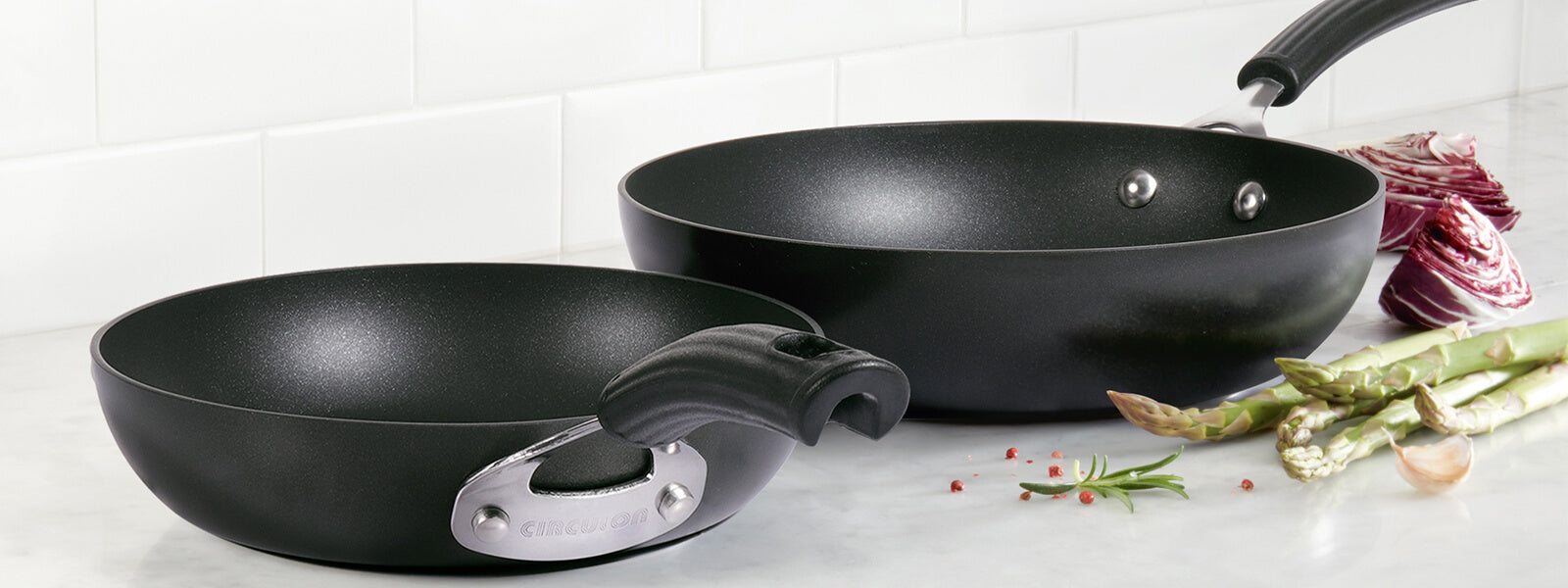
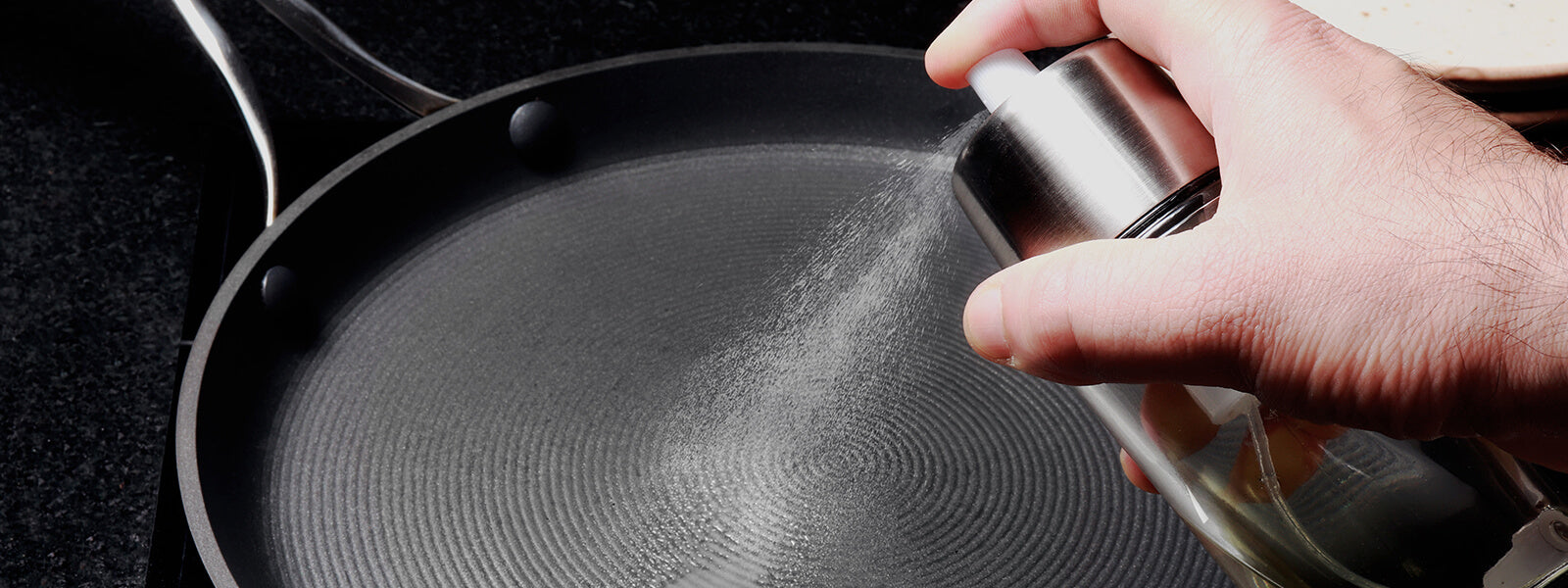

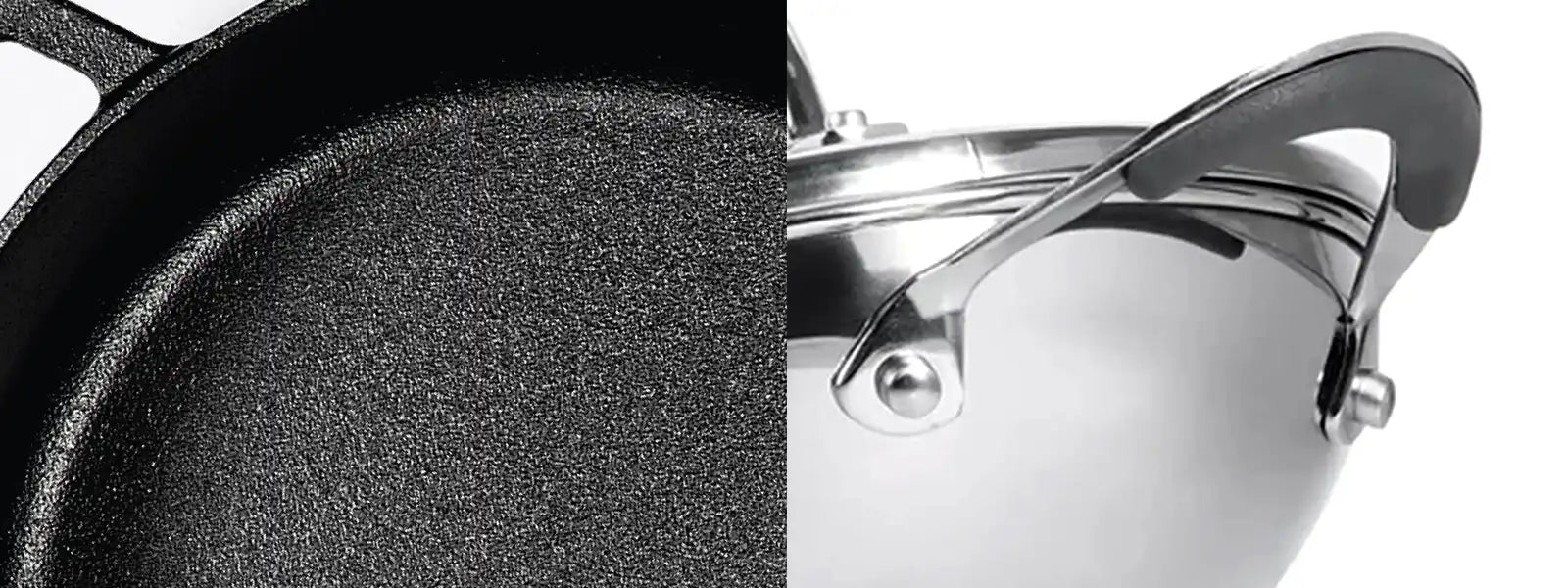
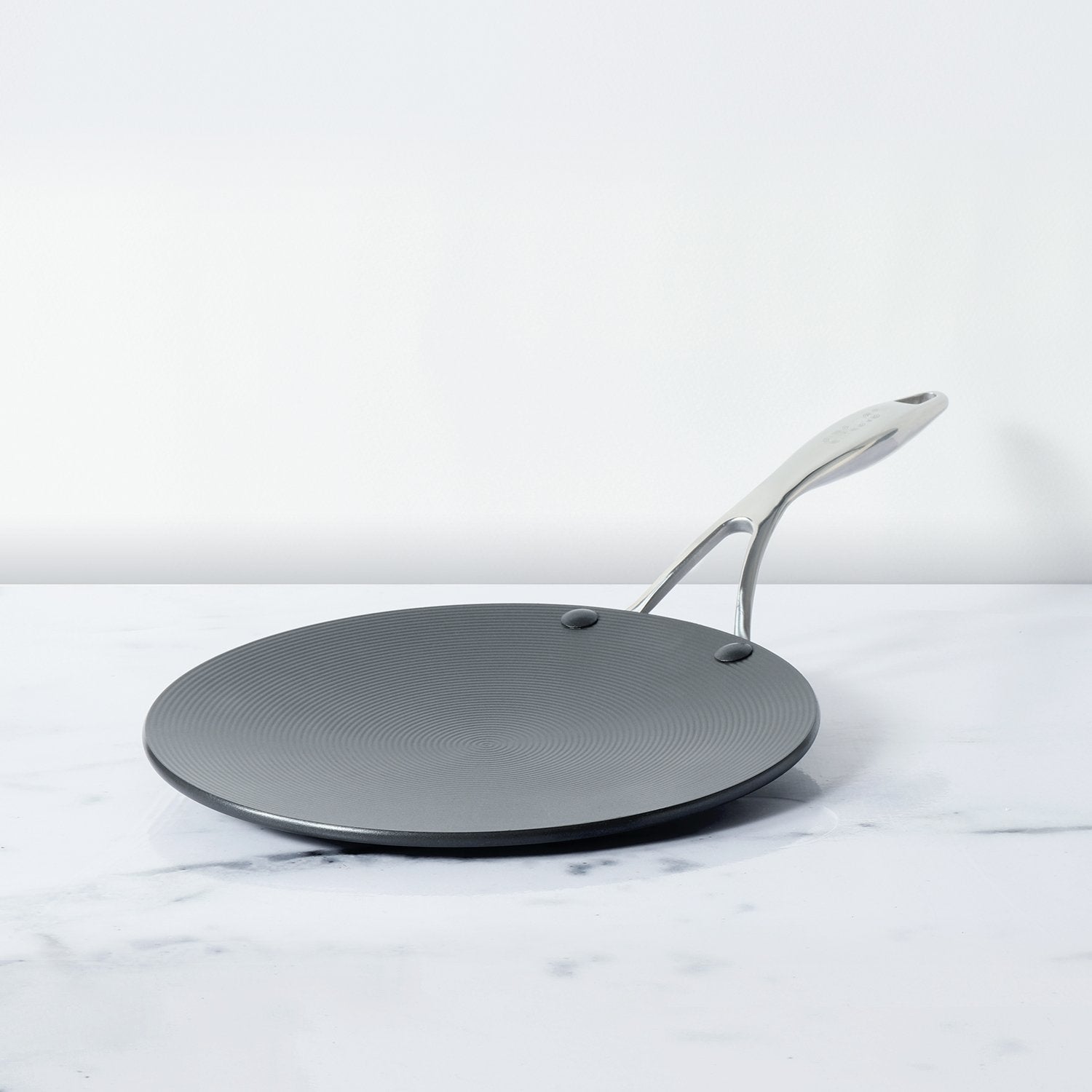
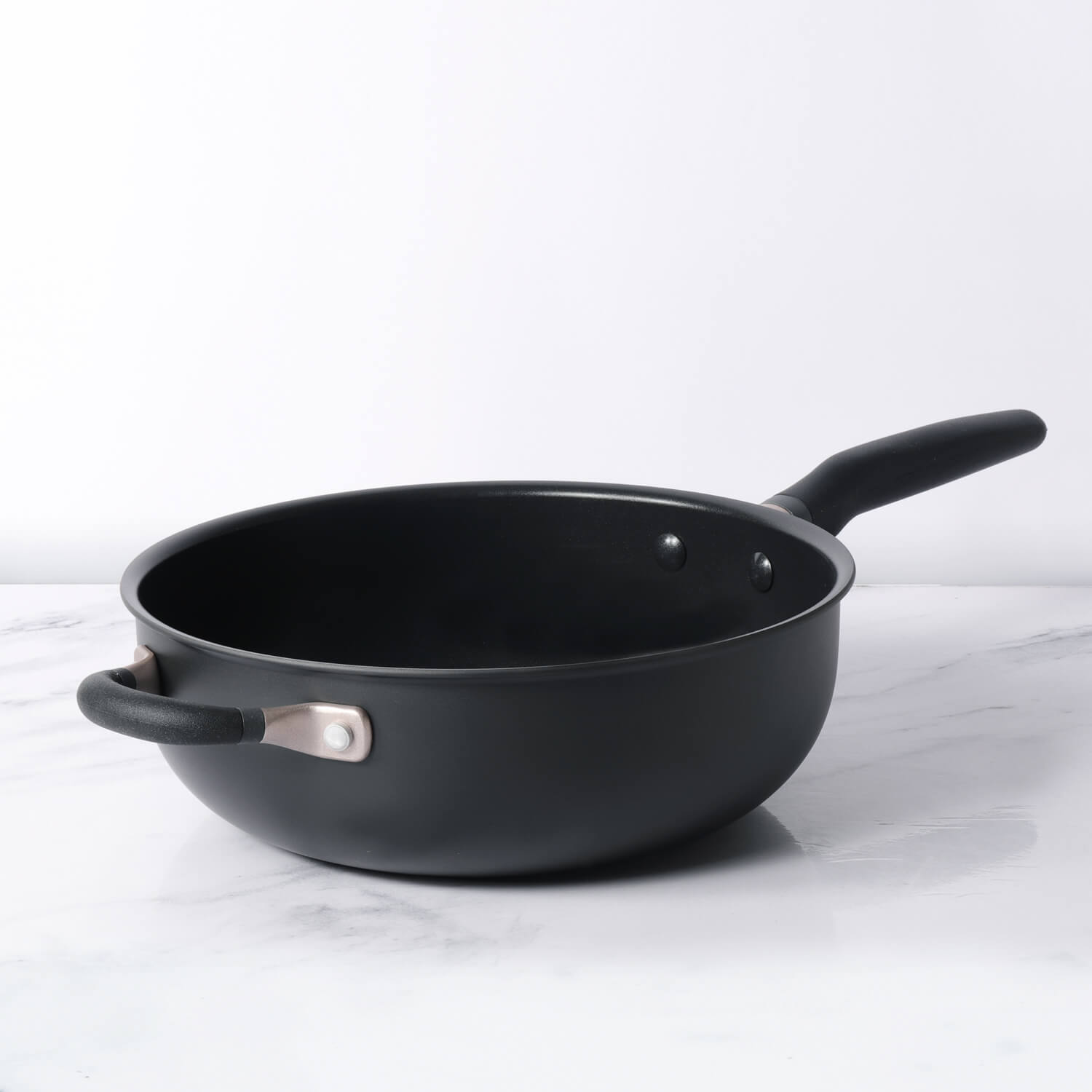
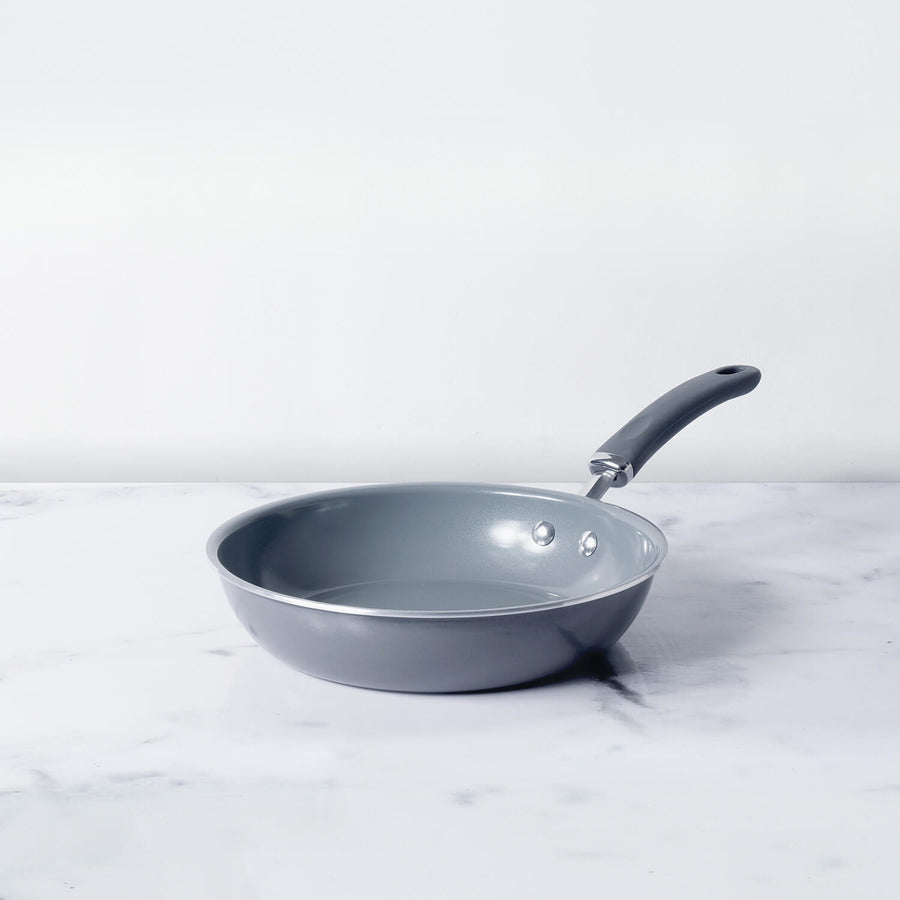





Leave a comment